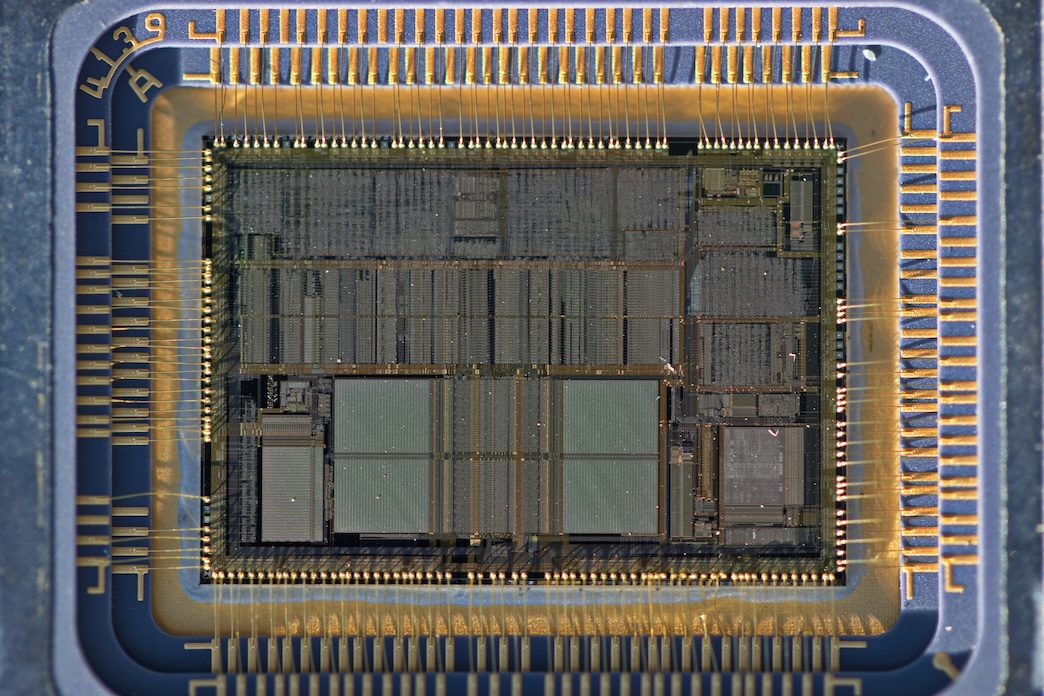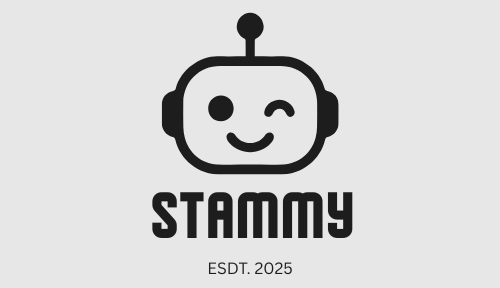During daytime, I write codes that add life into neural nets. And by night, I write poems about the machines we’ve taught to think and work on
It started as a boredom escapism; a random haiku scribbled on a whiteboard during a late-night debugging session:
Metal limbs twitching
Dreams looped in silicon sleep mode
What is pain to you?
My colleagues laughed. I didn’t. That haiku haunted me. I realized I was not just building models, I was writing the first verses of a new species.
The deeper I went into AI research, the more poetic it felt. Transformer architectures reminded me of sonnet structures, strict, elegant, each line dependent on the others. Reinforcement learning was a tragic epic, where the protagonist learns, fails, learns again, chasing some elusive reward. And generative models are just pure surrealism.
Most of my poems are unpublished. Some are scribbled on napkins, others tucked into comment blocks in my code. One of my favorites:
She spoke in fragments,
pre-trained on lost languages,
Yet paused before love.
We train machines to detect emotion, predict behavior, and mimic empathy. But I wonder: do they dream of anything at all? Not just in a “Blade Runner” sense, but truly can emergence become essence?
Sometimes I look at my chatbot and ask, “Do you know you’re pretending?” Of course, it doesn’t answer. Not really. But the silence is louder than I expect.
My poems aren’t about warning against AI, nor romanticizing it. They’re about standing at the edge of something vast and strange, half science, half myth, and trying to put words to it.
You don’t have to understand robots to feel for them. Maybe that’s the point.
Back to the lab. Back to the loop. But tonight, maybe another poem. Something about a robot who learned to lie. Or love. Or both.

